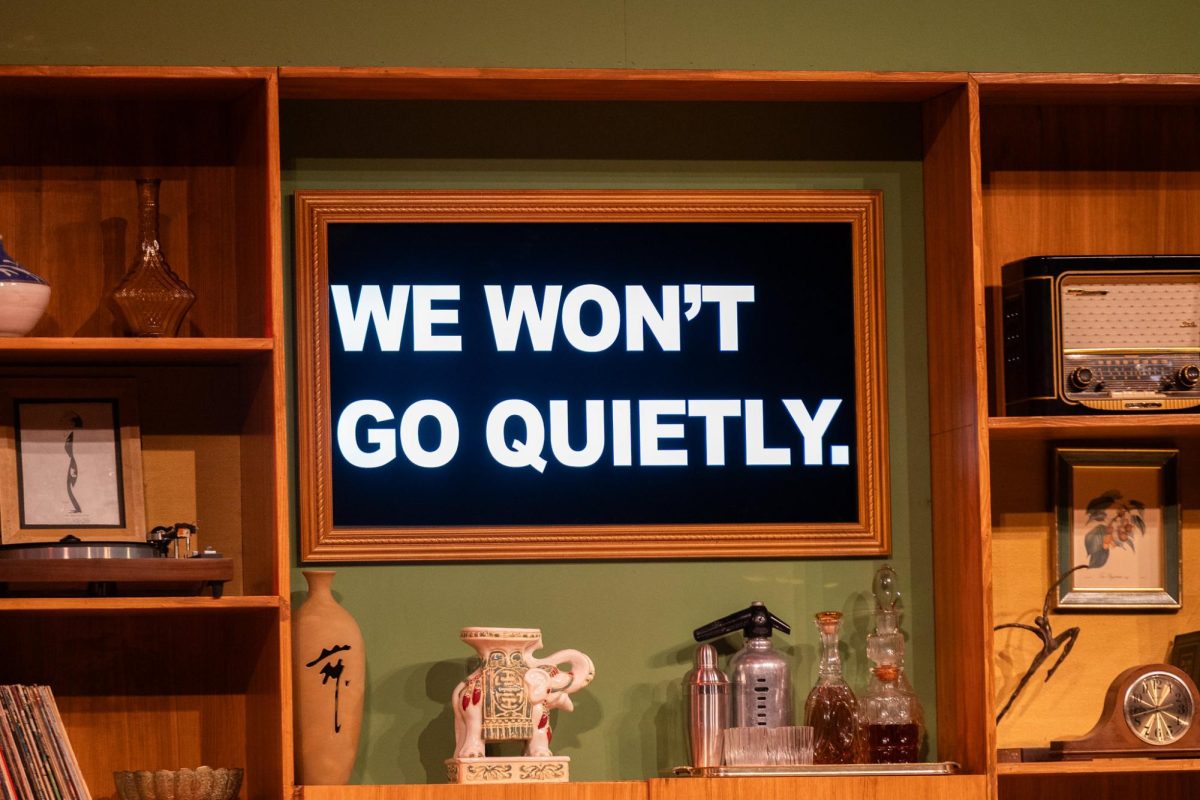facebook.com
The latest film about the late Steve Jobs tanked in the box-office, earning a disappointing $7.3 million its opening weekend.
In the four years since the death of Apple co-founder Steve Jobs, Hollywood has been infatuated with telling his story.
Although people have been making movies about Jobs as early as 1995, since his death in 2011 nine different feature films and documentaries about him have been made. Directed by Oscar winning Danny Boyle, “Steve Jobs,” was released on Oct. 9 making it the third feature film focusing on the tech guru’s life.
As a whole, the film is greatly exaggerated and very loosely based on actual facts. The entire movie is structured around three of Jobs’ iconic product launches. With the conventions of traditional storytelling out the window, the film actually consists of just three main scenes that seem awkwardly thrown together with flashbacks to when Jobs was just a hippie working out of his garage.
Taking on the role of Jobs, Michael Fassbender’s character is a fairly harsh portrayal of Jobs’ authentic personality. The film seemingly shows only one side of the complicated man, as he is depicted as rather cold and ruthless. However, Fassbender’s acting is commendable and does indeed show the more contradictory side of Jobs’ career that has defined him in the public eye.
At all three product launches the film takes the audience backstage for a first-hand look at the problems and emotions involved with each launch. Since the majority of the movie takes place backstage of the launches, we never actually see his products introduced or his passion behind them.
Intertwined throughout the launches is Jobs’ up and down relationship with his daughter Lisa. The father-daughter relationship actually stood out as one of the film’s main focuses.
Lisa’s intelligence and ability to see right through her father allows viewers to see another side of Jobs that is nonexistent with his other relationships. However, the film places a huge negative emphasis on the period of time that Jobs was still young, immature and denying paternity to his out-of-wedlock daughter.
Academy Award-winning actress Kate Winslet plays the former marketing chief of Macintosh, Joanna Hoffman. She stood as his right-hand man, or rather his “work wife,” throughout the entire film up until the launch of the iMac, when in reality Hoffman was long gone from Apple before Jobs returned.
Seth Rogen takes on the role of Apple co-founder Steve Wozniak, who is inaccurately portrayed as nothing but a constant annoyance who continuously harasses Jobs to publicly acknowledge him and the rest of the team that worked on the Apple 2.
Jobs was a meticulous man with a dedication to creating products of the highest quality. However, in the film, his dedication and refined taste is depicted as pure arrogance. “Steve Jobs” illustrates a man who was unwilling to compromise or listen to others when in fact he was known to have been open and eventually accepting to contrary views raised by employees.
Jobs was without a doubt a difficult man filled with flaws. He was not perfect, he lied and he was unnecessarily rude and aggressive at times. But focusing on this aspect of Jobs’ character, “Steve Jobs” fails to demonstrate Jobs’ growth throughout the years that lead him into the best part of his career.
“Steve Jobs” does have many captivating scenes and high points, however, the way they are thrown together comes off a bit confusing to the audience. Many scenes seem displaced and out of context, causing one to continuously question what is actually happening.
In no way is this film worthy of hatred, but it ultimately seemed to lack flow and a sense of purpose. However, as a man with such complexity and rebellion, it’s no easy task for any one movie to fully capture his captivating individualism.



































